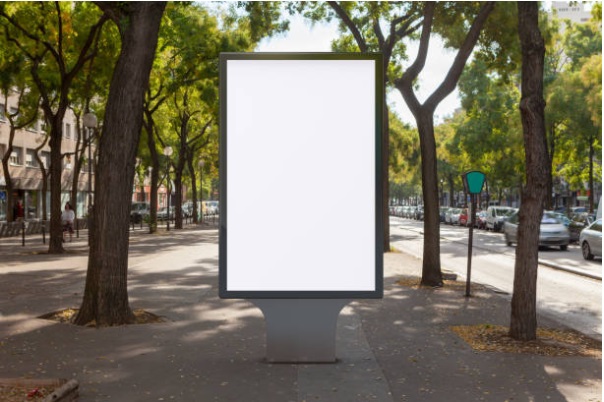
Table of Contents
Digital signage has evolved as an important element of a multichannel shopping experience that combines digitized experiences with retail stores for the customers. It may be interactive, which increases consumer engagement.
One can even have complete control over every sign in their store, ensuring that it is constantly correct and up to date. Because digital signs are so simple to set and modify, they allow for more frequent and dynamic retail displays.
Paper marketing has been mostly displaced by retail digital signage, which has reduced its significance. Businesses and several other sectors are concentrating on a paperless method of disseminating information.
What is the significance of digital signage in retail?
You may use Digital Signage for retail to flexibly develop, manage, and spread your complete advertising message while simply incorporating a mix of customer-specific notifications and information.
You may utilize retail to efficiently reach and interact with the customers at every focal point, from your storefront to brand departments and aisles. Retailers are exploring different levels of service in indirect communication as a result of technological advancements.
For in-store advertising, education, and entertainment, digital signage is quickly becoming the standard. However, developing a successful digital signage strategy necessitates the creation of new kinds of information and interactive content for customers.
Digital signage is not just useful for training people. Almost all in-store retailers (94 percent) use or have utilized digital signage to supplement, modify, or improve the in-store experiences of their shoppers.
What are the components of Digital Signage in retail?
If we go a bit more into digital signage systems, we will see that they are subdivided into four components:
-
CMS (Content Management System):
This component of digital signage software handles the content displayed on the screen. It performs activities such as screen administration, media file management (creatives), scheduling, screen layouts, reports, and other administrative tasks.
-
Display Screens:
A digital screen or display is similar to your smartphone or television. It is a screen that shows data. This screen may now alter size and type depending on the information that has to be presented on it.
-
Player Hardware and Software:
This is an essential element since it ensures that your material is served precisely where you want it to. This hardware does have its software that runs the signage player for different functions such as obtaining material from CMS, controlling the schedule as in what and when to play, and displaying the content in different forms such as video, picture, HTML, and so on.
-
Cloud Content Management:
CMS may be served from on-premises data centers or the cloud. Cloud deployment enables companies to manage database servers more easily, distribute content more easily across geographic boundaries, and achieve great flexibility.
How can digital signage support retailers in improving in-store marketing?
Here are some examples of how digital signage may boost in-store marketing and provide value to the entire marketing strategy:
-
Turning passersby into potential customers:
Digital signage was first used to entice visitors to investigate the products within a retail business. Retailers may invite passers-by to enter the store and become target customers by selectively putting digital signage outside the shop.
-
Interactive channel to help salespeople:
Retailers can sometimes enable users to engage with the brand and find a route to communicate or send a customized promotional message by utilizing displays that can serve consumers on various fronts, such as social networks for suggestions or brand information.
These displays offer greater customer service with signage that answers frequently asked questions or links to a team member for more assistance. These displays function as virtual extensions of customer support teams, increasing team members’ efficiency.
-
Effective customer communication:
While easily available customer service is a fundamental distinction between online and in-store purchasing, digital signage may significantly improve the in-store consumer experience.
Digital signage can be used to assist consumers to find their way around a store or to display extensive product catalogs to enhance the shopping experience. They can also keep consumers up to date on occupancy numbers in various sections of the shop.
-
Educate shoppers:
By displaying entertaining films that give additional information about new or unfamiliar items, or instructional movies that explain how a product works, retailers may address customer questions right from the start, therefore expediting the purchasing process.
-
The interaction that is personalized to the customer:
Improved algorithms drive the third generation of digital signage, making it more interactive. Retailers may improve the functionality of their digital signage by using additional technology such as activity recognition. This implies that the digital signage may offer dynamic advertising content based on real-time consumer data collected from the shop, such as demographics, expressions, and so on.
















